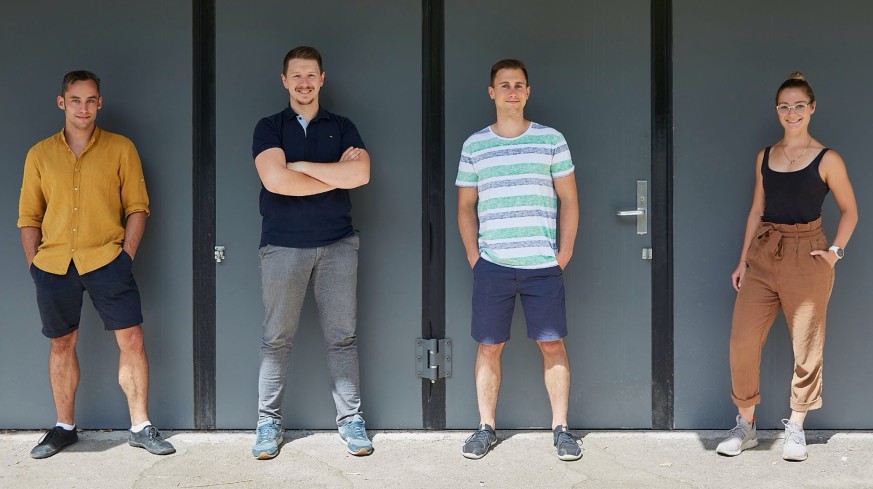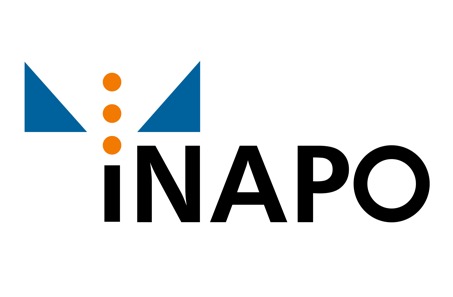Report about COVID-19 research in the ProLOEWE News
The ion channel forming envelope protein of SARS-CoV2 is a promising target for the development of virostatic drugs
2020/08/20 by Oliver Rauh
Within the LOEWE project iNAPO, researchers of the Thiel and Bertl working groups at the TU Darmstadt focused on the structure and function of viral ion channels. Shortly after the outbreak of the CoVID-19 pandemic, the scientists became aware of a protein of the SARS -CoV2- virus that may have an ion channel function: the envelope (E) protein. In analogy to an already known protein from SARS -CoV1, the so-called envelope (E) protein from SARS -CoV2 is also suspected of conducting ions across membranes and thus interfering with the ion balance of the host cell. Since this protein is involved in the formation of virus particles and in the budding of mature virus particles from the host cells, the E protein is a promising target for the development of virostatic drugs.

With the experience gained from LOEWE-iNAPO and an arsenal of techniques that are ideally suited for the investigation of the function of ion channels from viruses, the researchers have gained extremely promising insights in a short period of time: For example, Dr. Oliver Rauh and Tobias Schulze were able to show using electrophysiological methods that the E protein alters the electrical properties of the membrane of cells. The complementary fluorescence-optical measurements carried out by Tobias Schulze and Dominique Tandl suggest that this leads to an increase in the Calcium concentration in the cells. This is very interesting because Calcium plays an important role in the signal processing of cells.
Based on these results, Sebastian Höler, one of the participating scientists from the field of yeast membrane biophysics, is developing a yeast-based test system to investigate the reaction of the E-protein to possible inhibitors for high-throughput processes. This creates a basis for the targeted search for active substances that are able to inhibit the channel function of the E protein and thus combat the spread of CoVID-19.
The original article was published in the August issue 2020 (opens in new tab) of ProLOEWE News.


